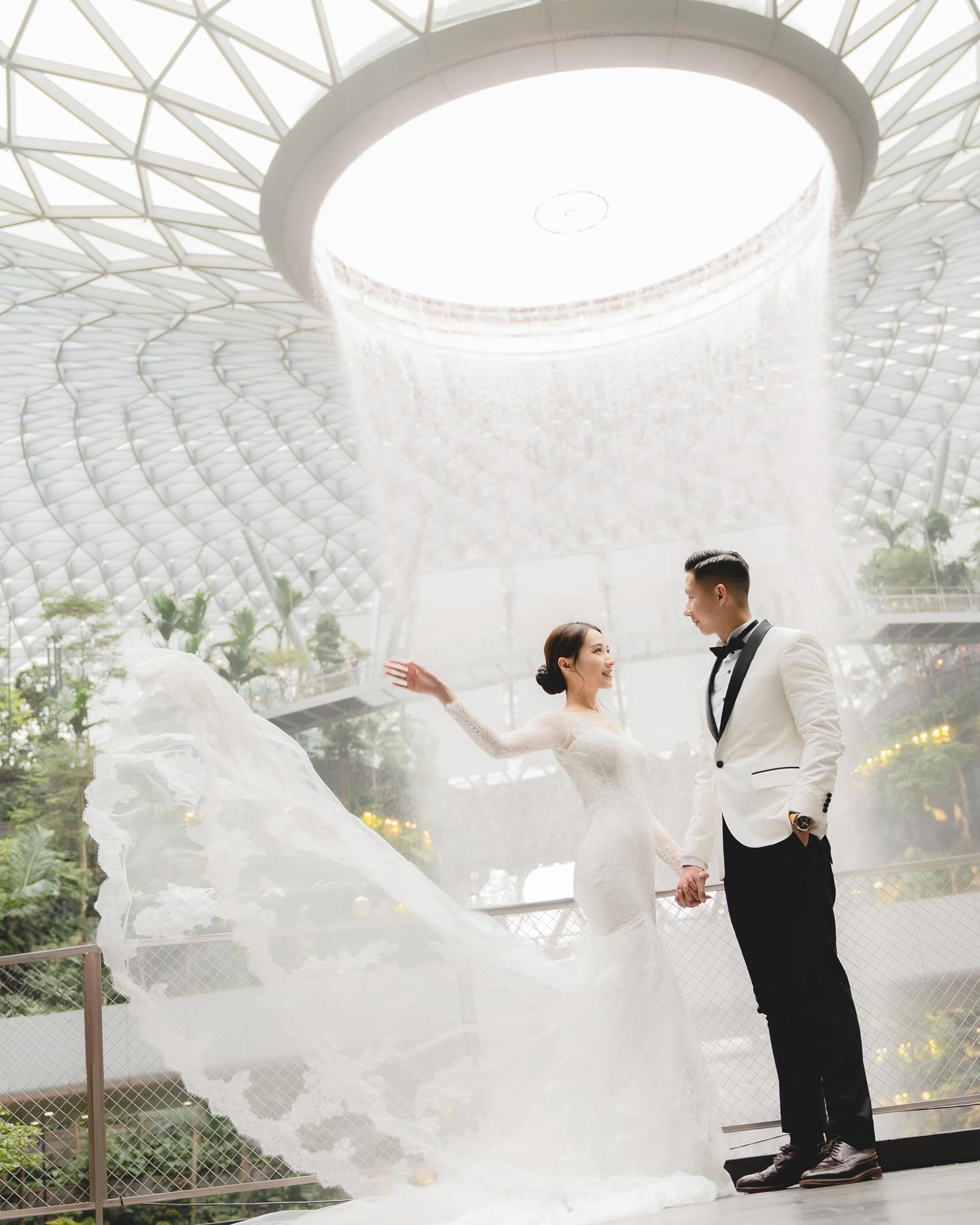The Art and Science of Romantic Chemistry Between People
- Author: Natali Grace Levine
- Reading time: 8 min 37 sec
- Publication date: 11/11/2024
- Updated: 12/08/2025
In the world of relationships, “chemistry” is a word we often hear. It's the spark we feel when we connect with someone on a deeper level, the inexplicable pull that keeps us coming back for more. But what exactly is this “chemistry,” and why do we feel it with some people and not others? From a scientific perspective, chemistry boils down to complex interactions between neurotransmitters, emotions, and life experiences. Yet, it’s also deeply rooted in everyday moments that bond us to each other.
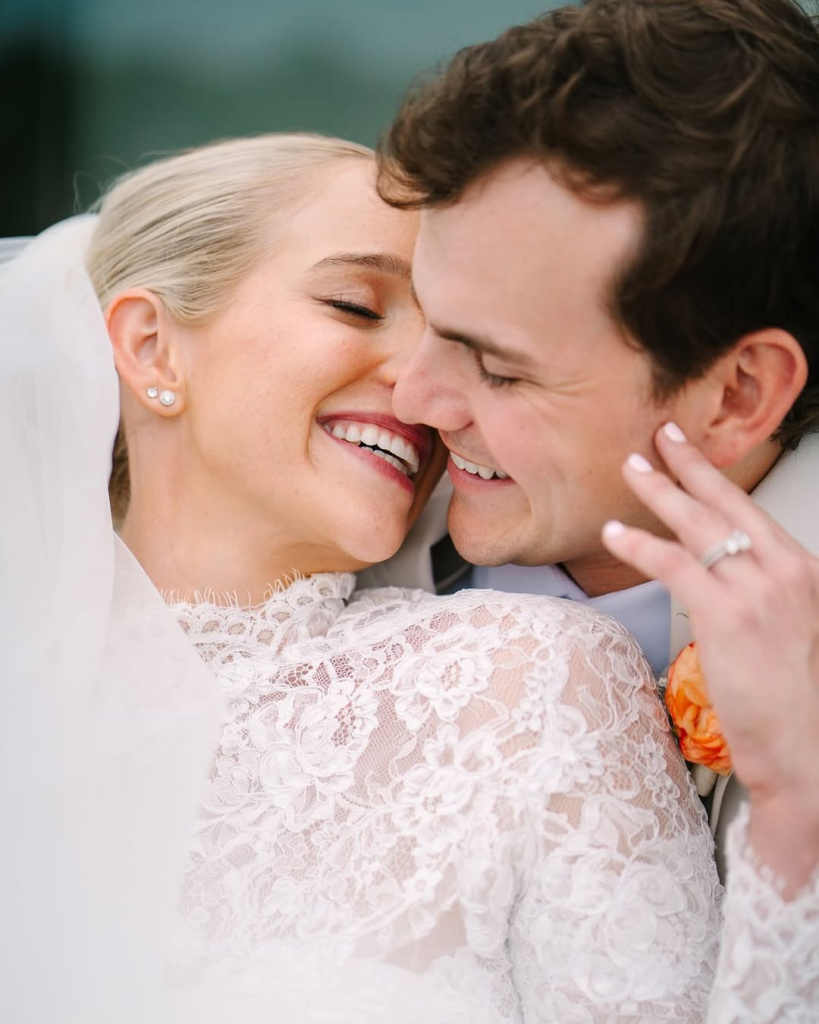

In this article, we’ll take a journey into the intricacies of chemistry between people, exploring its scientific foundation, identifying signs of chemistry, and offering tips to help sustain that spark over time. Whether you’re in the exciting stages of new attraction or working to keep chemistry alive in a long-term relationship, this exploration will provide insights to deepen your connections.

The Science of Chemistry: Neurotransmitters and Attraction
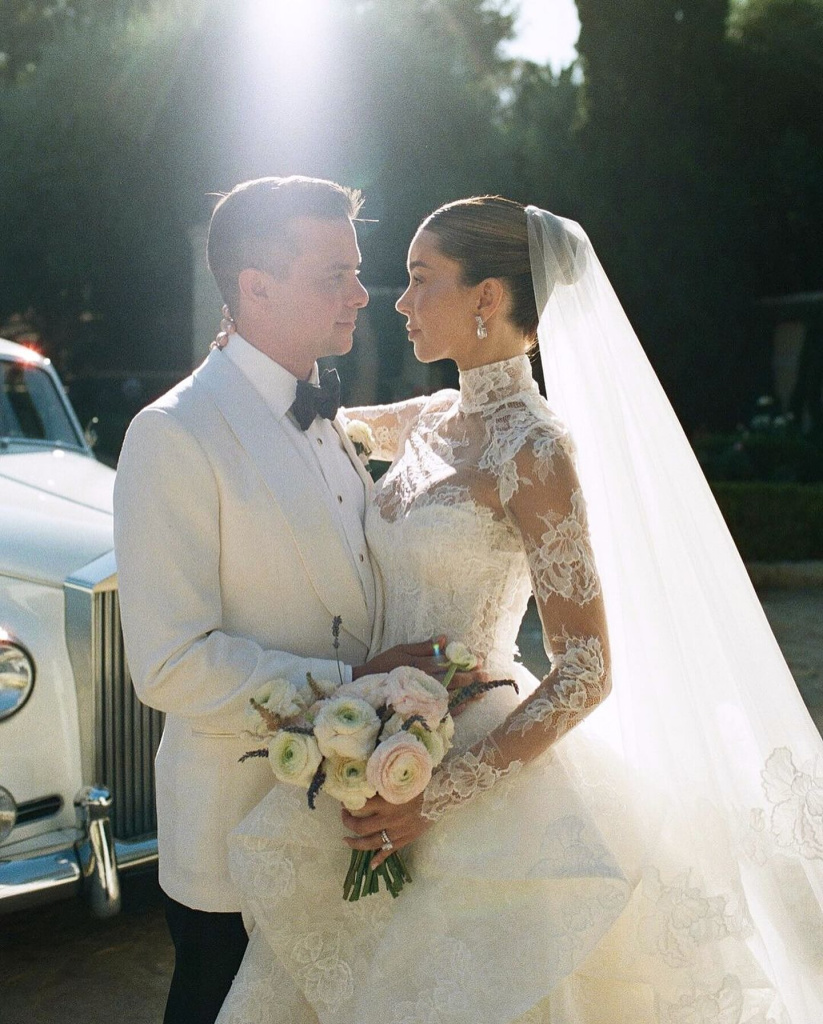
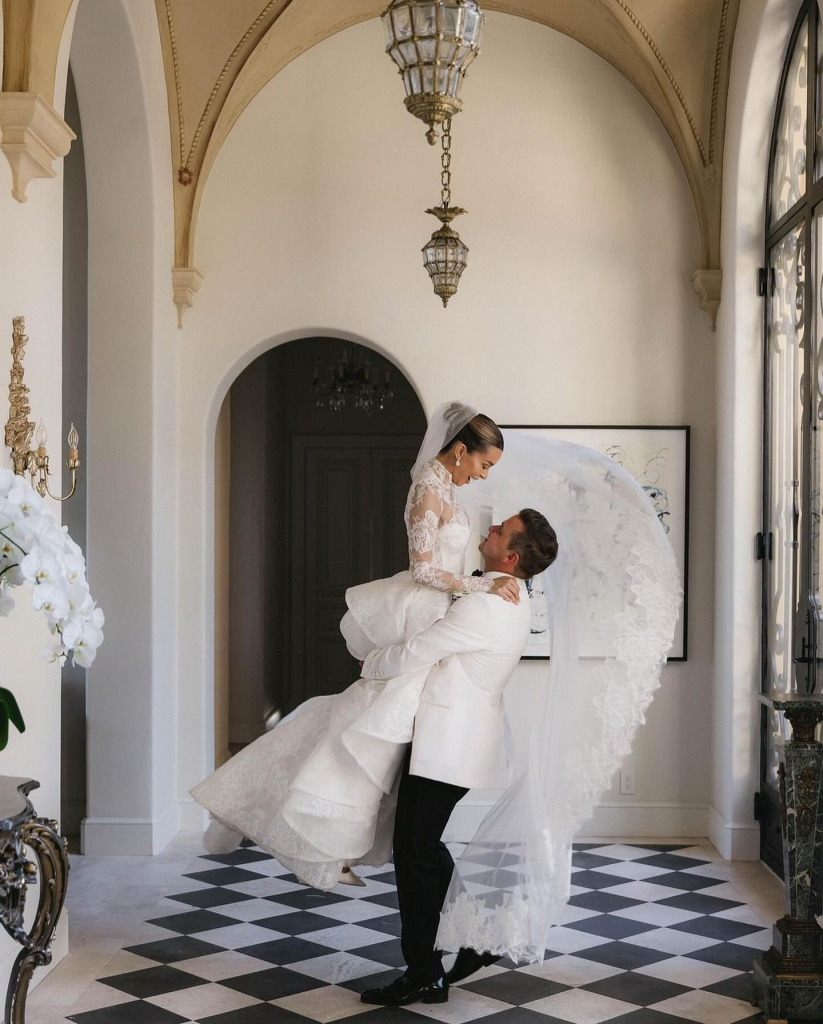
The science behind chemistry is fascinating. When we meet someone we’re attracted to, our brains release a cocktail of neurotransmitters and hormones that affect our feelings and behavior.
Dopamine
Often referred to as the “feel-good” chemical, dopamine surges when we experience pleasure and reward. It’s why you feel energized and euphoric in the presence of someone you’re drawn to. Studies show that dopamine can make us feel more optimistic, intensifying the excitement of a new connection.
Oxytocin
Known as the “bonding hormone,” oxytocin fosters trust and closeness. Released during moments of physical intimacy, like hugging or holding hands, oxytocin strengthens emotional bonds and enhances feelings of affection. Research shows oxytocin is crucial in forming long-term attachments.
Endorphins and Serotonin
These natural mood stabilizers are part of why we feel so comfortable and happy with someone we have chemistry with. They reduce stress and elevate our mood, creating an atmosphere of ease and connection.
Science aside, chemistry is also about the intangible. Body language, eye contact, and shared laughter add texture to our interactions, contributing to that ineffable connection.
The Journey of Chemistry Through Different Phases of a Relationship


Chemistry isn’t just a one-time spark; it’s a journey that evolves as two people build their relationship. Each stage brings its own unique forms of connection, challenges, and joys. Understanding how chemistry shifts and grows through these phases can help us appreciate the depth and richness it brings to our lives.
The Initial Spark: Infatuation and First Impressions
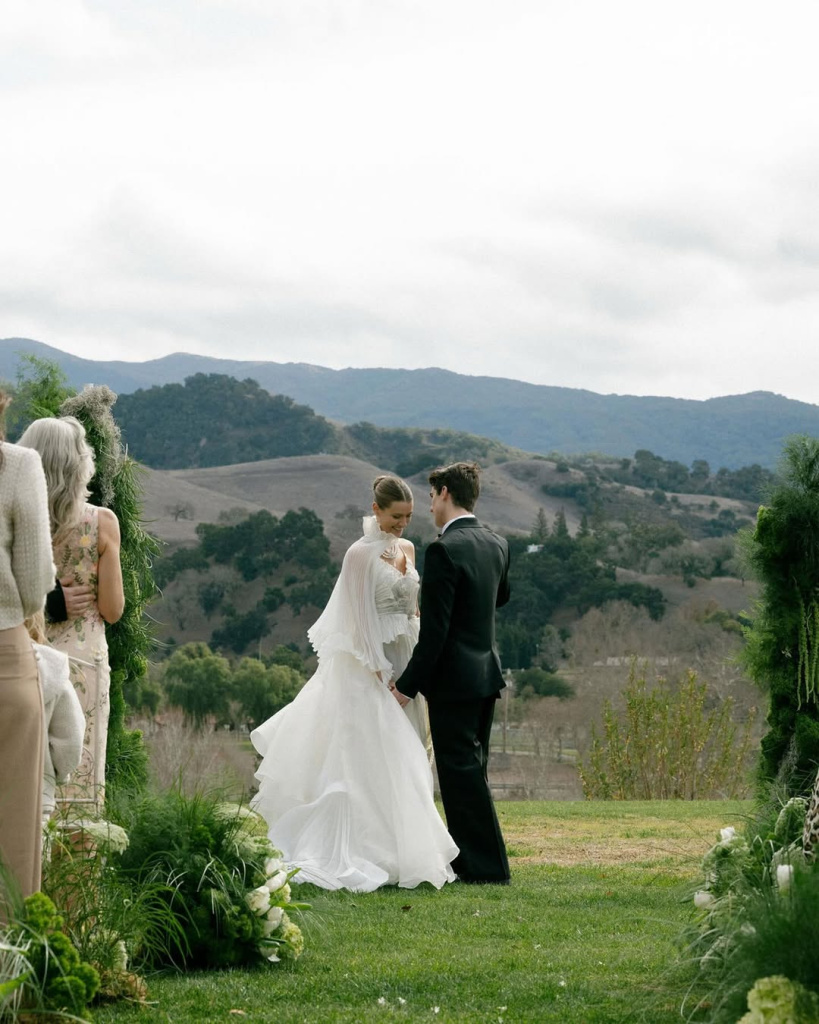
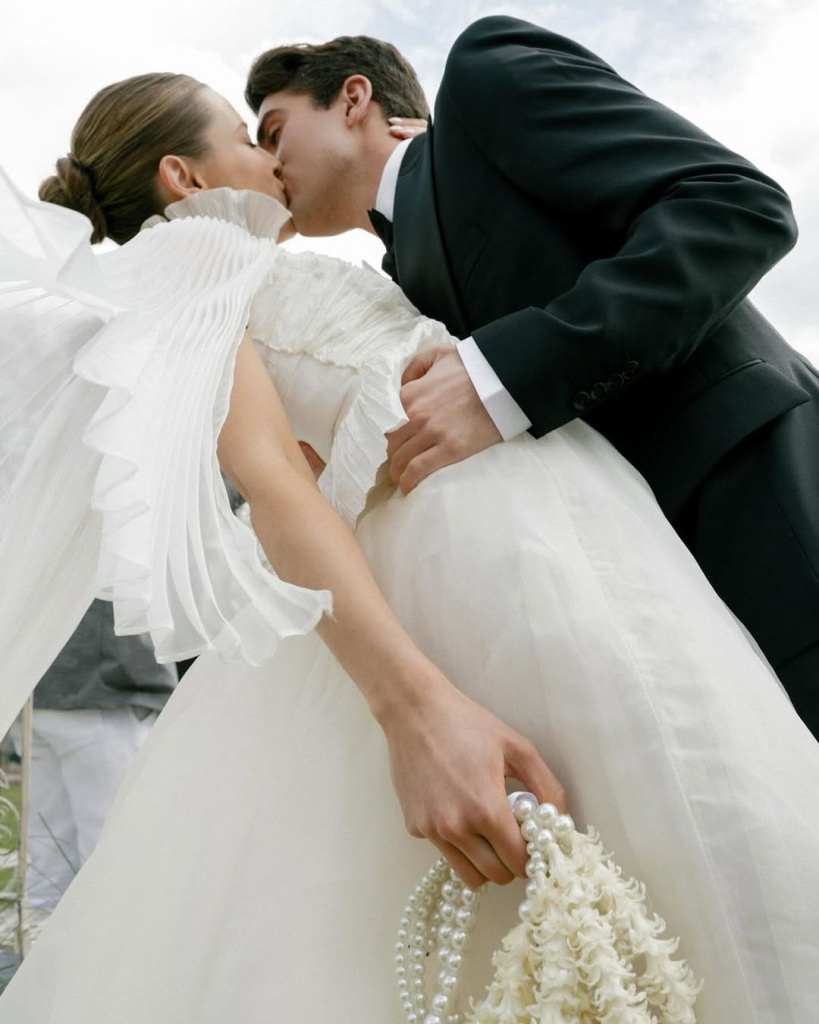
The first time you meet someone special, the attraction is often instant and intense. You might find yourself hanging on every word they say, noticing the smallest details about them, or feeling an undeniable urge to be close. The initial spark, also known as the “honeymoon phase,” is where dopamine and adrenaline are at their peak. This is the stage where you experience butterflies in your stomach, your pulse quickens, and you can’t stop thinking about the other person.
This early chemistry is powerful, but it’s also somewhat idealized. At this stage, we may overlook potential differences or flaws as we’re captivated by the thrill of new attraction. Physical attraction and surface-level interests often play a prominent role here, and the brain’s rush of feel-good chemicals can make us feel like we’re walking on air. This stage is intoxicating but tends to be short-lived as we begin to move from infatuation to a deeper understanding of the other person.
Getting to Know Each Other: Building Emotional Connection and Vulnerability


As the initial thrill settles, the relationship enters a phase where emotional connection starts to build. This stage is marked by sharing personal stories, values, and vulnerabilities. The chemistry here deepens as you get to know each other beyond surface-level attractions, and oxytocin begins to play a bigger role, fostering trust and closeness. You might find yourself feeling comfortable enough to open up about your fears, hopes, and dreams.
In this phase, you’re discovering compatibility. This is where you see if you connect on deeper levels, like shared values, lifestyle choices, and goals. Emotional intimacy develops as you each feel safe to be yourselves, revealing parts of your lives that may be less glamorous but deeply personal. You begin to witness the other person’s quirks, habits, and patterns—and if you’re lucky, you might find those quirks endearing rather than irritating.
Testing the Waters: Overcoming Differences and Finding Balance
Once the emotional connection is established, you may start noticing areas of difference, which is natural as the relationship moves into a more grounded phase. Small conflicts or disagreements may arise, but these are also opportunities to strengthen your bond. Chemistry during this stage isn’t always about agreement; it’s about finding ways to communicate openly, respect each other’s perspectives, and make compromises.
This phase is crucial because it reveals how well you can work as a team. Couples with true chemistry learn to navigate differences without letting them drive a wedge between them. It’s in these moments that you see the other person’s willingness to work through challenges, showing resilience and care for the relationship. Overcoming obstacles together can deepen the bond, turning initial attraction into a genuine partnership.


Commitment and Growth: Long-Term Bonding and Mutual Support
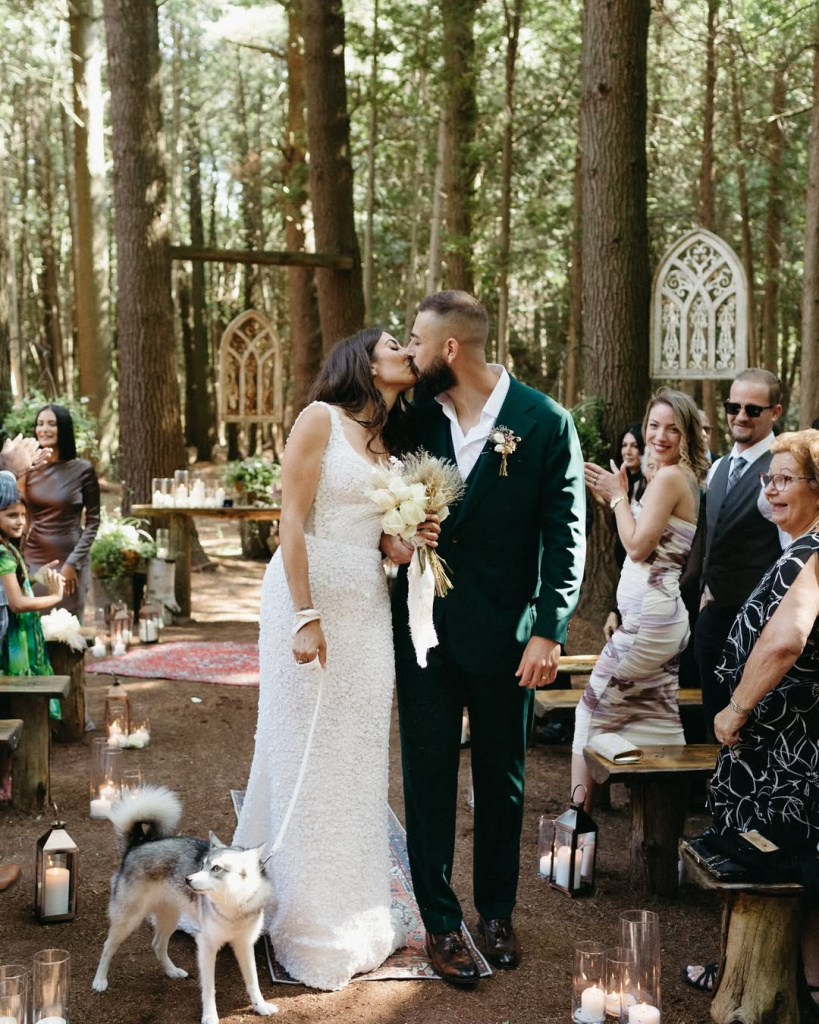
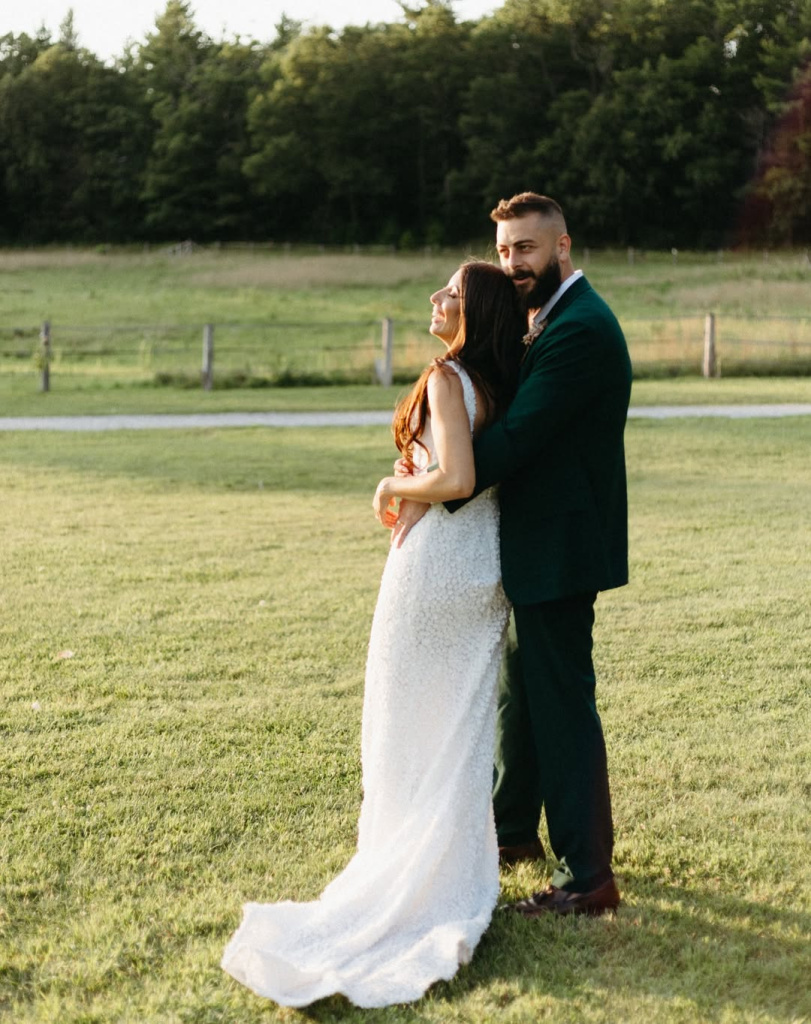
In long-term relationships, chemistry shifts from the intense highs of the early days to a warm, steady companionship. This phase is often marked by shared routines, long-term plans, and a sense of peace and security in each other’s presence. While the adrenaline and dopamine may not be as intense as in the beginning, there is comfort and stability that’s equally fulfilling. Couples in this stage feel like a team, with mutual respect and support forming the foundation of their bond.
As years go by, life’s challenges—career changes, family dynamics, personal growth—become shared experiences. Chemistry in this stage is about feeling understood and cared for, knowing that you have someone by your side through ups and downs. This phase often strengthens with small, consistent acts of love and support. It’s where you appreciate the other person for who they are, imperfections and all, finding beauty in your shared history and journey.
Rekindling Chemistry: Rediscovering the Spark and Keeping the Flame Alive


Even in the most stable relationships, it’s natural for chemistry to ebb and flow over time. As life becomes busier and routines settle in, the initial spark may fade. However, this stage is an opportunity to rekindle the chemistry in new, intentional ways. Couples in long-term relationships can keep the flame alive by introducing novelty, planning surprises, or revisiting the activities that once brought them together.
This phase often involves rediscovering each other with a fresh perspective. Trying new experiences together—whether it’s taking a trip, picking up a shared hobby, or simply carving out uninterrupted time for each other—can reignite feelings of excitement. Couples who prioritize connection in their day-to-day lives tend to maintain chemistry even after years together. This stage reminds us that chemistry doesn’t have to diminish over time; it can evolve and grow deeper with effort and care.
Legacy of Chemistry: Building a Lifelong Partnership
For couples who journey through these phases, chemistry becomes more than just attraction; it’s the foundation of a lifelong partnership. The legacy of chemistry is a bond that weathers time and change, evolving through life’s various seasons. In this stage, you often feel a profound appreciation for the person by your side, knowing that your shared experiences have become a testament to your enduring connection.
The beauty of this stage lies in the deep understanding, respect, and affection that have developed over time. Couples often speak of feeling “at home” with each other, a feeling rooted in both chemistry and compatibility. The legacy of a lifelong partnership is a testament to the power of chemistry and a reminder that true connection can transform over the years, bringing an enduring sense of joy, fulfillment, and companionship.
Signs of Chemistry: How to Know When It’s Real


Chemistry is often described as an invisible force—a spark, a pull, a connection we feel with someone that defies easy explanation. But how do you know if that feeling is more than just a fleeting attraction? When chemistry is real, it goes beyond mere physical attraction and reaches into emotional and mental alignment. True chemistry is a blend of shared energy, mutual interest, and a sense of resonance that can make time together feel effortless and enriching.
Below, we’ll explore the telltale signs of genuine chemistry. Use this list to reflect on your own relationships, whether new or longstanding and to recognize the signals that point to a deeper connection.
- Effortless, engaging conversation
- Mutual curiosity and desire to learn more
- Comfort with physical proximity
- Shared laughter and playfulness
- Comfortable silence
- Emotional resonance
- Sense of “knowing” or deja vu
- Feeling energized and uplifted
- Mirrored body language
- Intuitive understanding
If you’re finding several of these signs in your relationship, it’s likely that you’ve found someone who resonates with you on a deeper, more profound level.
How to Keep Chemistry Alive: Tips for Nurturing Long-Term Connection
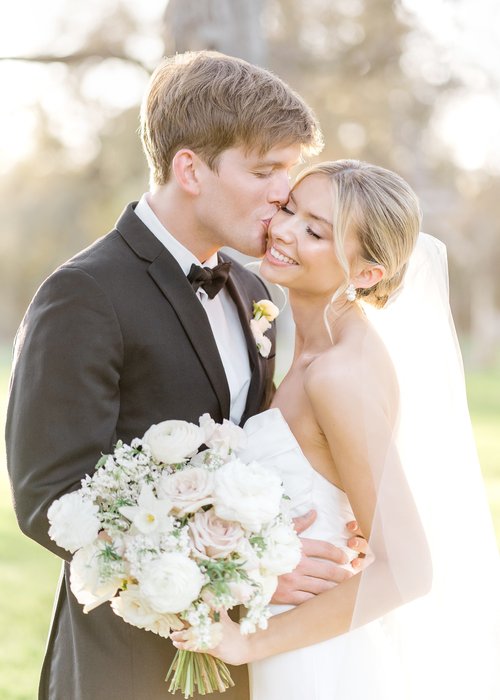

Chemistry isn’t something that happens only at the beginning of a relationship. With the right approach, you can sustain it over time.
Prioritize Quality Time Together
Life can get busy, but setting aside time for each other is crucial. Plan regular date nights, go on mini-adventures, or take up a shared hobby. Quality time allows you to reconnect and reminds you why you fell in love.
Practice Gratitude
Acknowledging the little things your partner does helps you focus on the positive aspects of your relationship. Expressing appreciation fosters emotional intimacy, making your partner feel valued.
Keep Surprising Each Other
Surprises don’t have to be grand gestures. Simple acts like leaving a note, cooking their favorite meal, or planning a day out together can add excitement and novelty, keeping the spark alive.
Maintain Physical Intimacy
Physical touch, whether it’s a warm hug, holding hands, or more intimate moments, is essential for sustaining chemistry. Prioritize affection, even during busy times, to keep that bond strong.
Be Present and Attentive
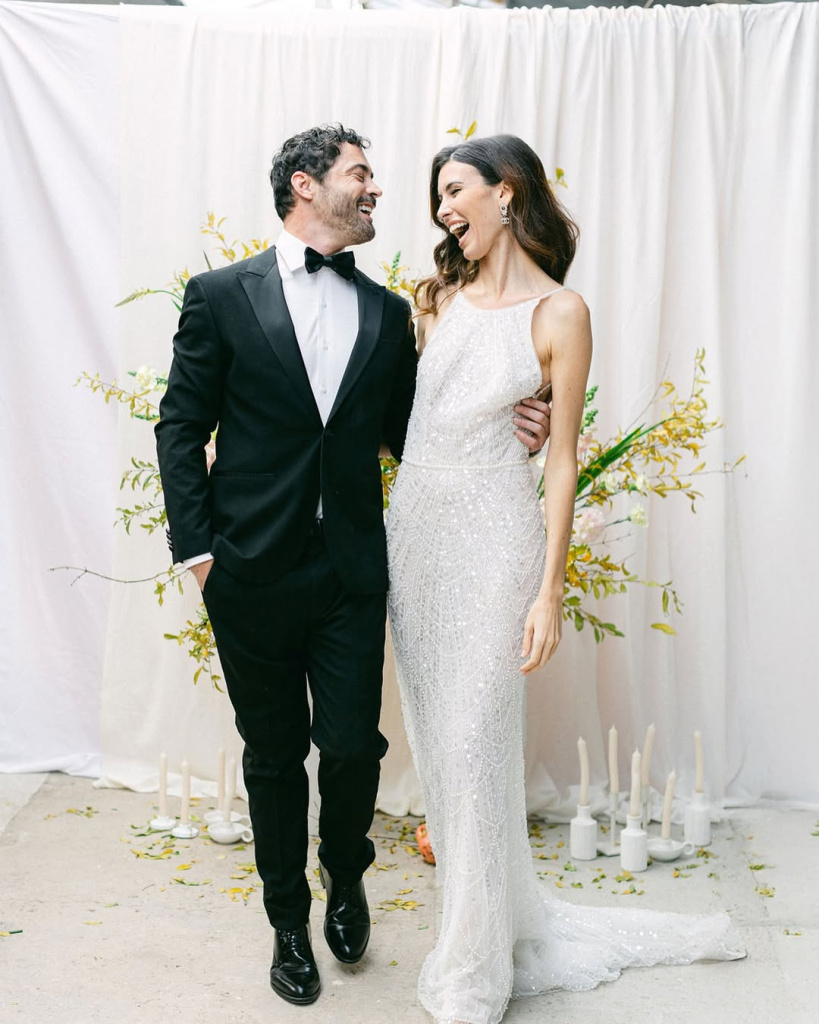
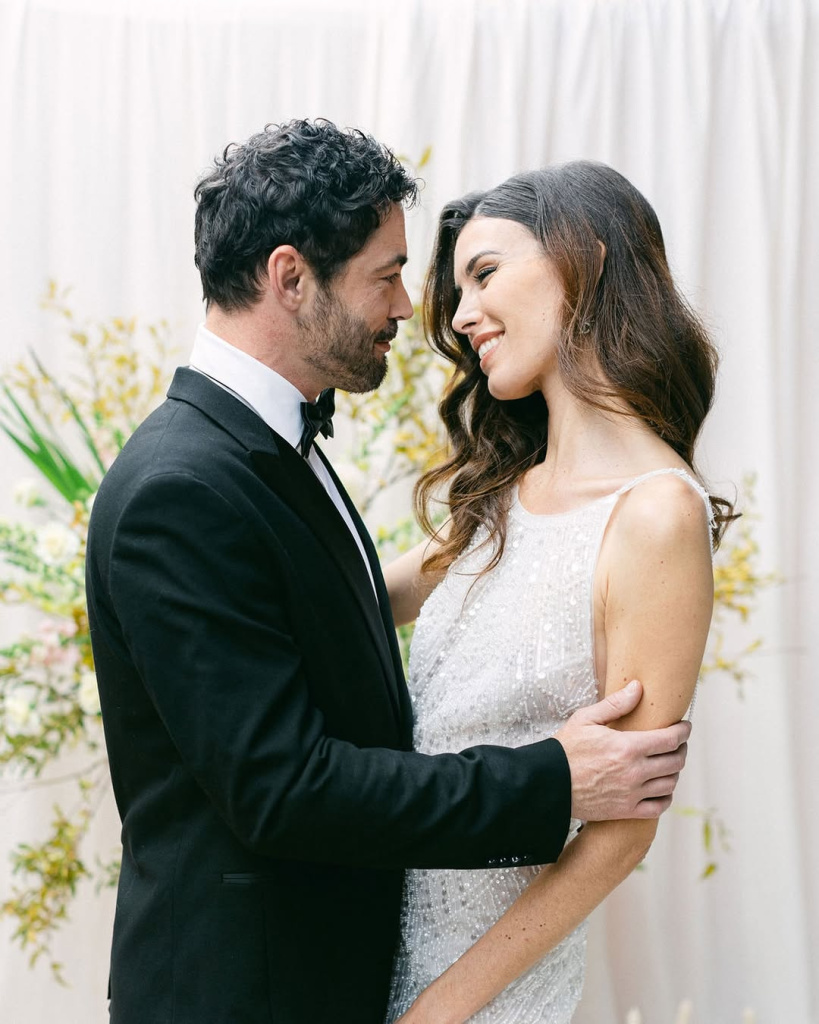
Giving your undivided attention when you’re together shows that you value and cherish each other. It’s easy to get lost in daily distractions, but staying present deepens your connection.
Self-Reflective Questions to Deepen Connection
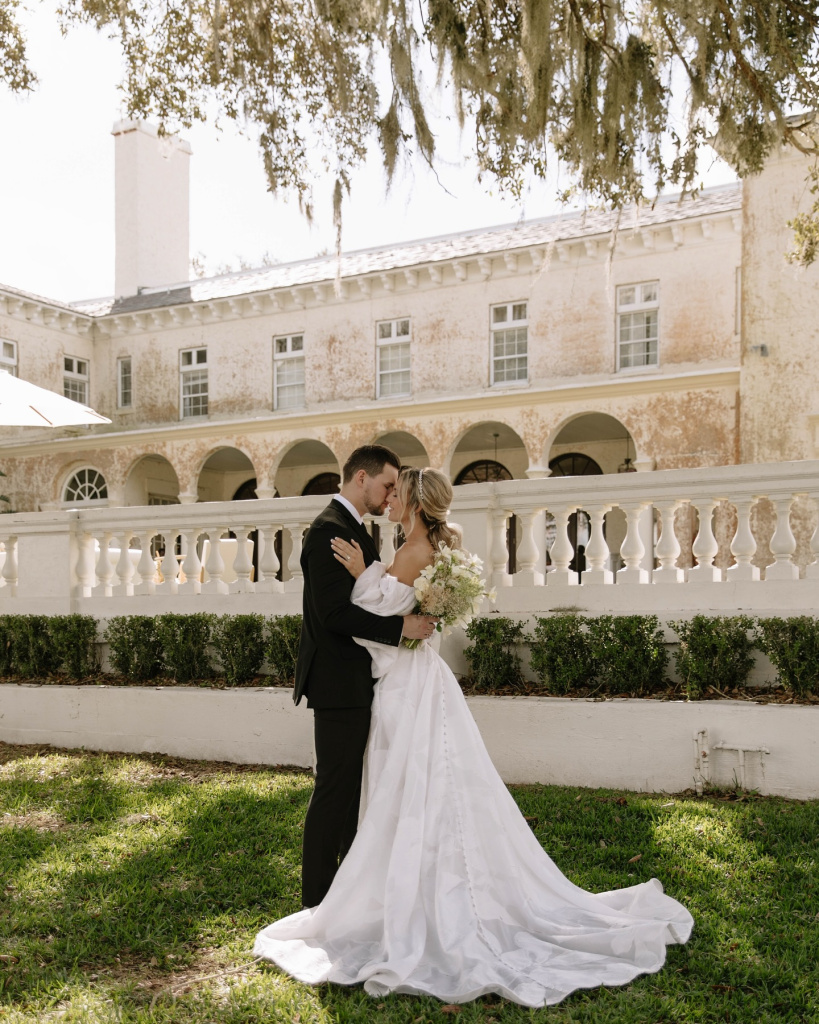

Self-reflection is a powerful tool for understanding the dynamics of your relationships and recognizing the aspects that truly matter to you. Taking a moment to reflect can help you identify the strengths of your bond, areas for growth, and ways to connect on a deeper level. Here are some questions to explore individually or with your partner, to gain insight and nurture a more meaningful connection.
- What qualities drew me to my partner in the first place?
- How has my perception of my partner evolved over time?
- What shared experiences have brought us closer, and how have they shaped our bond?
- How do I feel when I’m around my partner? Do I feel happy, energized, and valued?
- What unique things do I appreciate about our relationship that I haven’t experienced elsewhere?
- How often do I express my appreciation for my partner, and how does that impact our relationship?
- In what ways does my partner make me feel supported and understood?
- Are there specific moments or activities where I feel the strongest connection with my partner?
- How open are we with each other about our emotions, fears, and dreams?
- When conflicts arise, how do we handle them, and how does it affect our bond?
- What do I envision for our future together, and how does that align with my partner’s vision?
- What qualities does my partner have that I would like to cultivate in myself?
- How have our challenges strengthened our relationship, and what did we learn from them?
- How do we maintain our individuality while staying connected as a couple?
- In what ways can I actively contribute to our connection and make my partner feel appreciated?
- How comfortable am I with being vulnerable in this relationship, and how does my partner respond?
- Are there any unspoken needs or desires I have that I would like to express to my partner?
- What goals or dreams do we have as a couple, and how do we support each other in achieving them?
- How has our relationship shaped who I am today, and what has it taught me about myself?
- What new experiences could we share to continue building our connection and creating memories?
- Do I feel safe to be my true self in this relationship, and how does my partner encourage that?
- What steps can we take to keep our connection strong as we face future challenges?
- How does my partner’s presence impact my sense of purpose and happiness?
- What small rituals or routines do we have that bring us closer, and how can we create more?
- How do we balance giving and receiving love, and what does that mean for our bond?

These questions can spark meaningful conversations, helping you and your partner explore the depths of your connection and continue building a relationship that thrives on openness, trust, and mutual appreciation.














